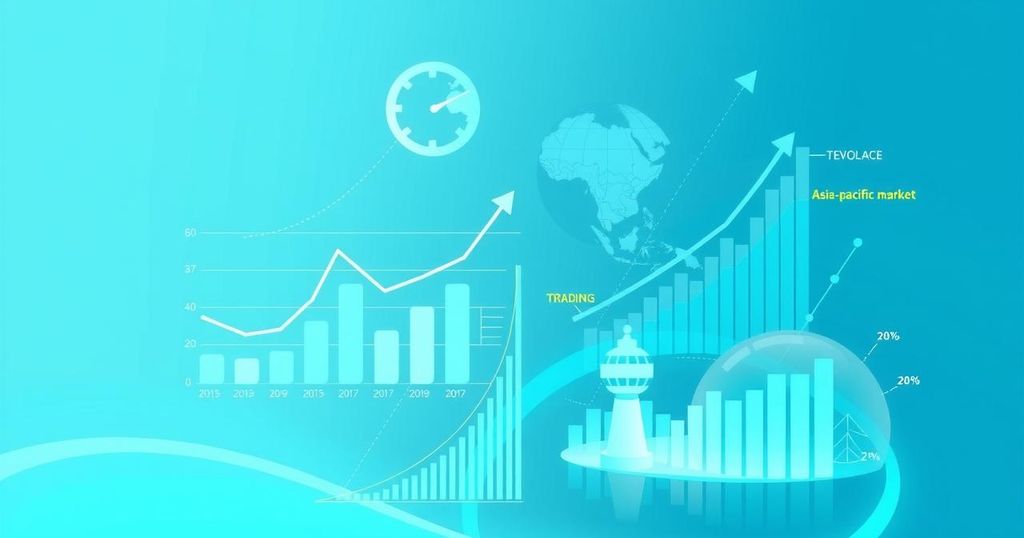Brazil Maintains 2025 GDP Forecast Amid Rising Inflation Concerns
Brazil maintained its 2025 GDP forecast at 2.3% but raised 2023 inflation to 4.9%, citing inflationary pressures due to rising protectionism, particularly from U.S. tariff policies. The central bank is expected to continue increasing interest rates to control inflation.
On Wednesday, Brazil’s government maintained its GDP growth forecast for 2025 at 2.3%, while revising its inflation estimate slightly upward. The finance ministry noted this adjustment reflects “marginal changes” in the overall economic scenario. Brazil’s economy is expected to experience slower growth in the latter half of the year following an initial expansion in the first quarter.
The central bank is currently in a rigorous monetary tightening phase in an effort to combat inflation, with analysts anticipating a third consecutive interest rate hike to 14.25%. The finance ministry has adjusted its inflation projection for the year to 4.9%, up from an earlier estimate of 4.8%. It indicated that while food price increases may decelerate by year-end, industrial goods costs are set to rise.
The ministry attributed part of the inflationary pressure to increasing protectionism, citing the tariff policies enacted under former U.S. President Donald Trump. However, it acknowledged that the negative impact of heightened uncertainty on economic activity could serve to offset this inflationary trend. Additionally, the government shared its initial growth and inflation forecasts for 2026, predicting a rise in GDP to 2.5% and a reduction in inflation to 3.5% next year.
Plans for growth around 2.5% are projected for the coming years, with expectations that inflation will align more closely with the central bank’s 3% target starting in 2027.
In summary, Brazil’s government has retained its GDP growth forecast for 2025 at 2.3%, while adjusting the inflation rate slightly higher to 4.9%. The expected economic slowdown in the latter half of the year is driven by both domestic and external factors, including aggressive monetary policy and protectionist measures. Future projections show a potential uptick in growth and a decrease in inflation for 2026.
Original Source: money.usnews.com




Post Comment